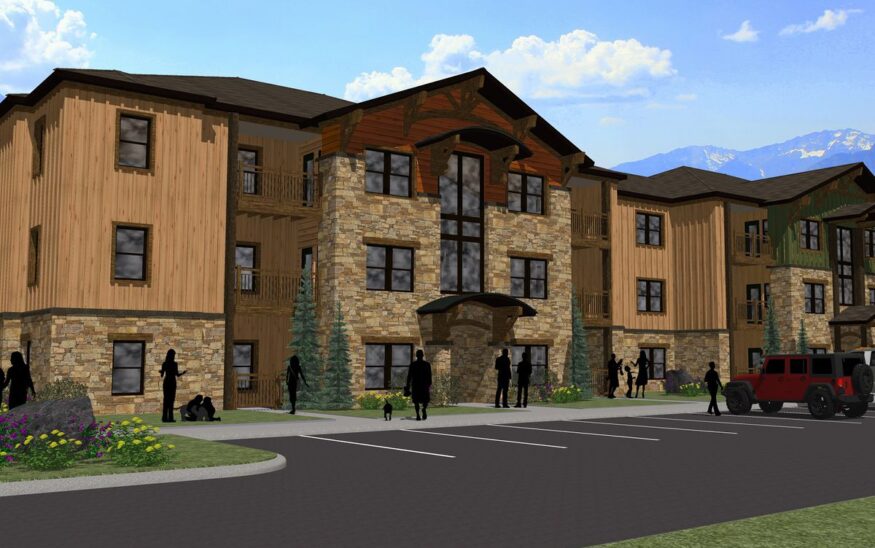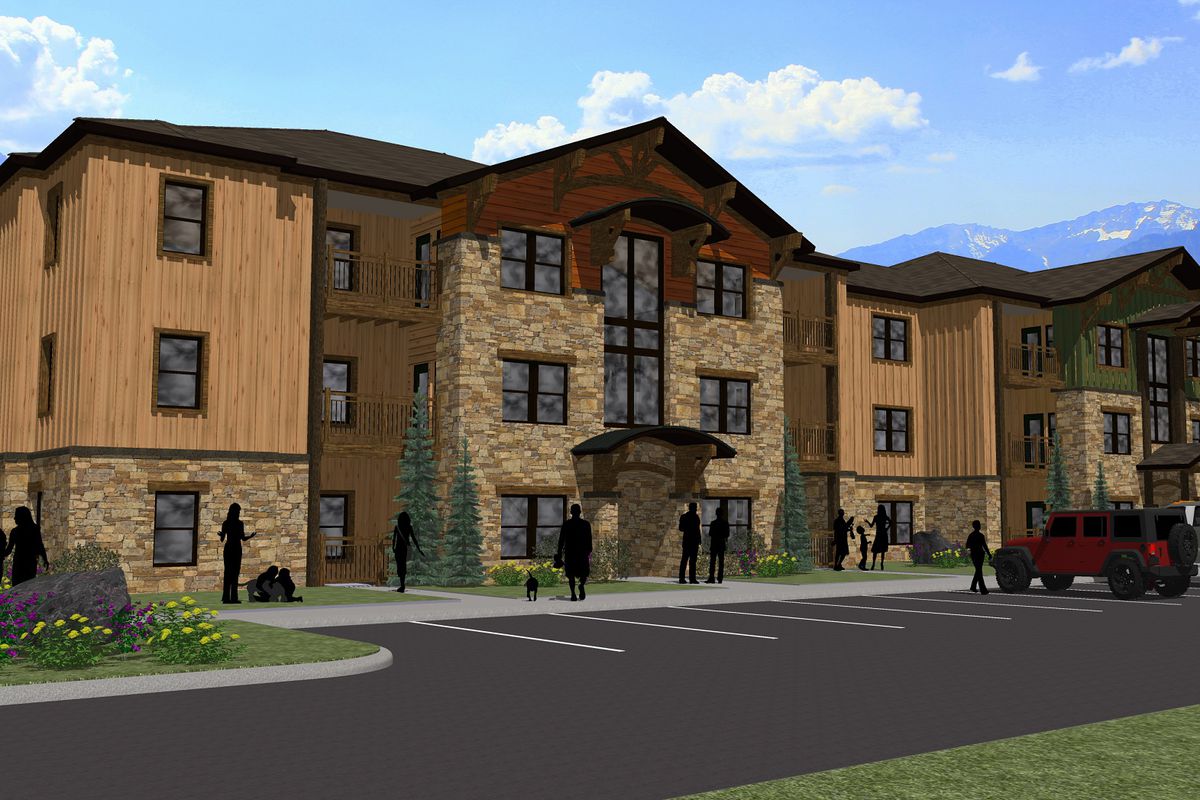Why affordable housing will continue to be a problem in Colorado?
What can be done to help the current crisis?
Glen Weinberg //May 31, 2017//


Why affordable housing will continue to be a problem in Colorado?
What can be done to help the current crisis?
Glen Weinberg //May 31, 2017//

Want to move into an apartment with knotty alder cabinets, walk-in closets, energy efficient appliances, fitness facilities and more?
Welcome to Steamboat’s newest affordable housing development!
As the Front Range and mountain populations explode and the median home price approaches almost $500,000 in metro, affordable housing (or lack thereof) is a huge problem. Unfortunately, current housing initiatives are only exasperating the problem.
What can be done to help the current crisis?
The above picture is an affordable housing project recently completed in Steamboat. I use ”affordable,” in quotes, as the building has the look and amenities of many higher-end apartment complexes. It is a great looking building and cost taxpayers over $16 million to build 48 units – that is almost $350,000/unit. Building properties at $350,000/ affordable housing unit is not sustainable by any standard as hundreds more units are needed in Steamboat, alone.
What is driving the cost so high?
Before discussing possible solutions, it is important to highlight the factors causing the current housing crisis. There are five influences weighing on developers’ ability to meet the demands of the affordable housing market. Individually, each factor is not a deal-breaker, but combined they will greatly reduce or eliminate affordable housing options both in the Front Range and throughout most ski towns.
Land costs: This is the obvious factor driving costs. As more people migrate to the Front Range and ski towns, there is less available supply of buildable lots. As basic economics tells us, high demand and less supply increase prices substantially. As lot prices increase, developers are forced to builder more expensive houses since there is no other way to even break even. According to a Bloomberg report, this means “focusing on high-end apartments that offer better profit margins. The wealthiest residents are the only ones who can buy, and a vicious cycle is created.”
Infrastructure costs: Assuming a developer could find land at a reasonable cost, there are huge infrastructure costs. Two of the largest is water and sewer. For example, if you were going to build a single family home in Louisville, the water and sewer taps alone would be $35,000. Colorado has some of the highest infrastructure costs in the country
Impact fees: If infrastructure and land costs haven’t sunk the idea of affordable housing, impact fees will further deteriorate any plans. Let’s say you were going to build a single family home that was $2,000/ square feet, the impact fee would add $1,200 to the cost of the project. That doesn’t sound like a lot, but let’s assume you were going to build a $50,000 foot apartment complex that fee is now $75,000. Increased fees are passed on to the end users as there is not enough profit margin to just absorb the fees.
Labor costs: With Colorado having one of the lowest unemployment rates in the nation, this means skilled laborers can demand even higher wages. For example, I did a project in Steamboat and a plumber was charging $125/hour. At rates like these, building becomes quite expensive. Along with labor rates, the time to build has also lengthened due to the labor market tightness. As the old saying goes, time is money. The longer it takes to build, the higher the capital costs are.
Property Taxes: As property taxes rise, affordable housing becomes even less attainable. For example in Denver, property values went up more than 40 percent in many areas, which means property taxes also went up. Those taxes are passed through to renters in once-affordable neighborhoods. On top of that, the impact fees also add taxes on to existing single-family homes. Higher taxes also make it harder to qualify for a mortgage since anyone who was close to able to buy a house based on their income could easily be denied, with taxes factored into the total payment on the house. Higher taxes result in less buying power for borrowers.
While, individually, the items above aren’t deal-killers for affordable housing, when you combine them all, however, you have a huge problem.
What is the solution?
First taxing homeowners and developers is a bad idea; increased taxes further propagate the cycle of unaffordable housing, as more borrowers and renters are priced out as taxes are “passed through.”
Second, change zoning laws to allow higher density. This will allow developers to increase the supply, therefore slowing down the rapid pace of appreciation.
Third, allow alternative housing types. Allow modular/prefab housing, tiny houses, etc… You can buy a fully functional modular for around 40k dollars; much cheaper than 350k/unit spent in Steamboat.
Finally, building codes need to be relaxed; the more rules developers must adhere to the more expensive the building is. I’m not saying safety should be waived, but some of the more aesthetic items (like minimum square footage or certain roof materials, or the need for a fitness center in an affordable housing project?) needs to be abandoned to enable builders to offer products at lower price points.
None of the above changes will be easy, but they must be implemented to at least give affordable housing a fighting chance. This ship is sinking; Will policies be implemented in time to keep the boat afloat?
























